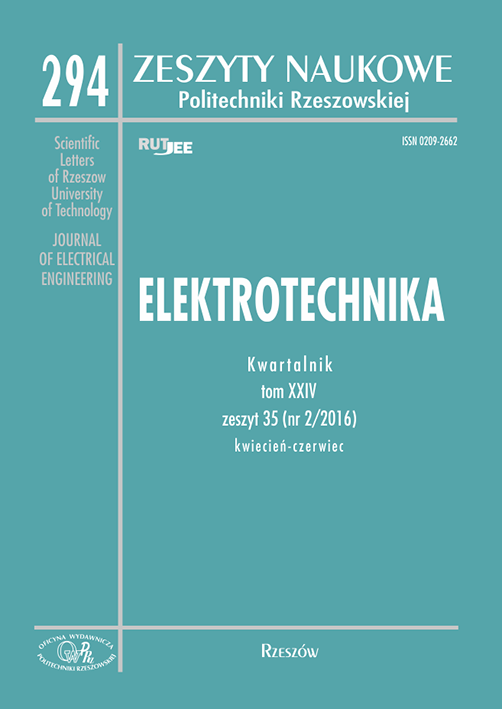Abstract
Due to volatility of current-voltage characteristics of the photovoltaic module, MPPT algorithms are important element of photovoltaic power station. In most cases, MPPT algorithm controls power electronics converter, which receives power directly from one or more modules. Maximum power point changes its location together with insolation level temperature changes. There are also indirect, direct and artificial intelligence supported methods. Indirect methods are fractional methods and look-up table. Direct methods are Perturb & Observe and Incremental conductance. Direct algorithms are widely used, because of their ability to model maximum power point significantly better than indirect methods. Artificial intelligence supported methods obtain even better results in determining optimal operating conditions. Usage of these algorithms allows to increase the efficiency of energy production, and furthermore financial benefits. Investment payback time can also be shortened by using these methods, which are still being improved.
References
[2] Zaremba A., Rodziewicz T., Wacławek M.: Algorytmy śledzenia punktu mocy maksymalnej (MPPT) w systemach fotowoltaicznych, Proceedings of ECOpole, 2012 DOI: 10.2429/proc.2012.6(2)112.
[3] Patil M., Deshpande.: Design and simulation of Perturb and Observe Maximum Power Point Tracking using MATLAB/Simulink, 2015 International Conference on Industrial Instrumentation and Control (ICIC) College of Engineering Pune, India. May 28-30, 2015, DOI: 10.1109/IIC.2015.7150957.
[4] Aashoor F. A. O., Robinson F. V. P.: A variable step size perturb and observe algorithm for photovoltaic maximum power point tracking, Universities Power Engineering Conference (UPEC), 2012 47th International, DOI: 10.1109/UPEC.2012.6398612.
[5] Shah K. B., Joshi L. P.: Comparative analysis of incremental conductance base MPPT for multi-string photovoltaic system, 2013 Nirma University International Conference on Engineering (NUiCONE), DOI: 10.1109/NUiCONE.2013.6780166.
[6] Tse K. K., Chung H. S. H., Hui S. Y. R., Ho M. T.: A novel maximum power point tracking technique for PV panels, Power Electronics Specialists Conference, 2001. PESC. 2001 IEEE 32nd Annual, 2001, vol. 4, pp. 1970-1975,DOI: 10.1109/PESC.2001.954410





